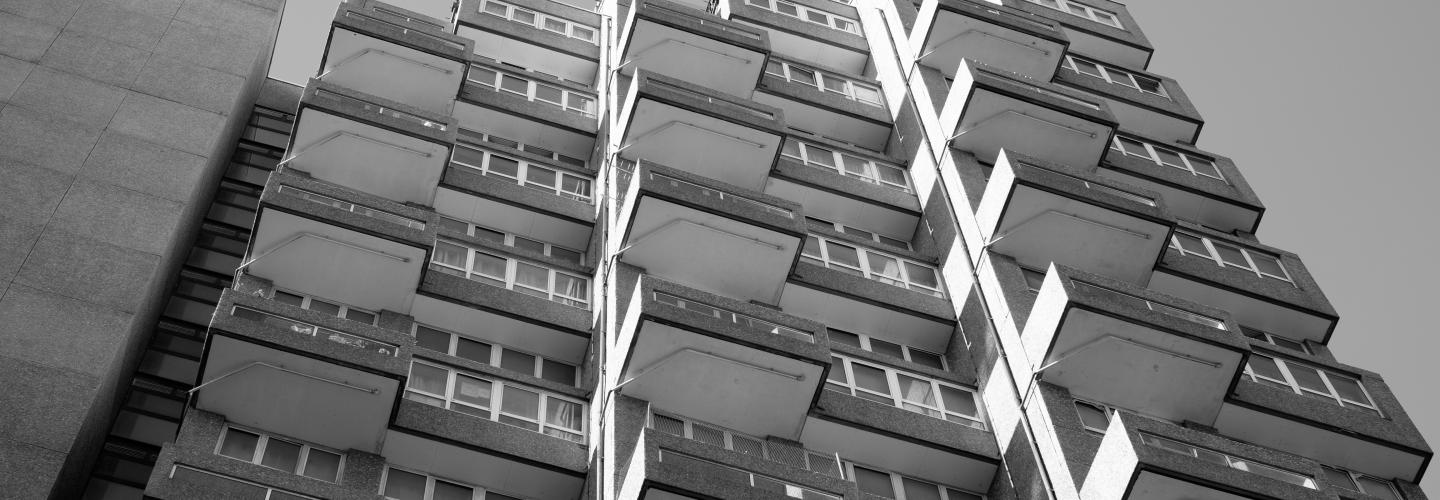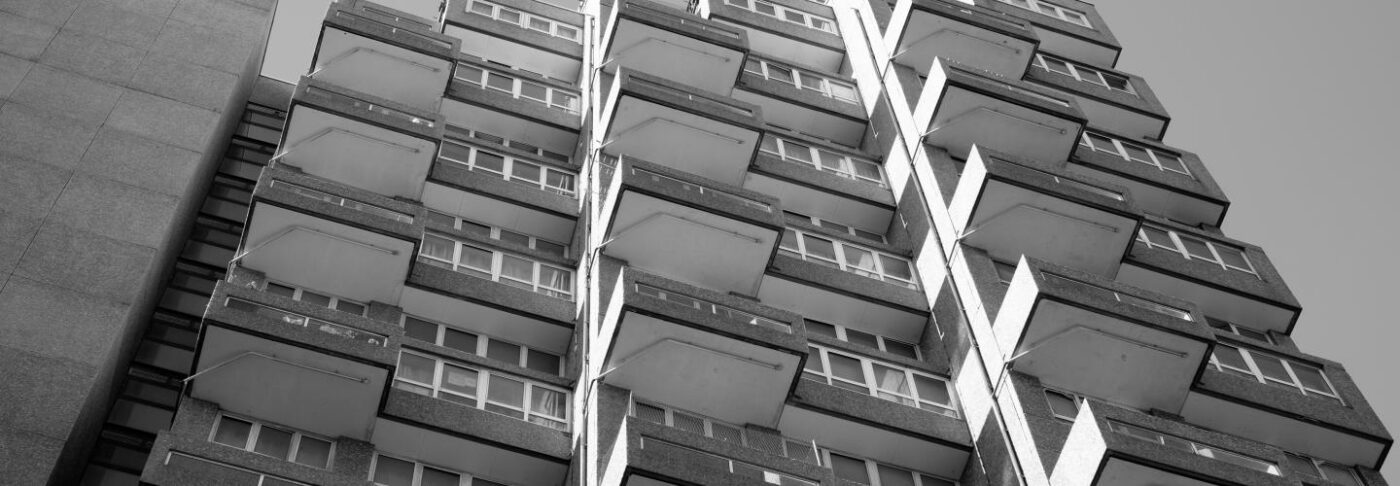
The recent changes in the fire safety regulations for external walls have led to a series of refurbishments in residential buildings over the height of 18m. These include buildings in the social, private and public residential sector. The government also allocated a fund to help various buildings in the private sector deal with the costs of refurbishment. But despite the additional funds, there has been a significant slowdown in the rate of refurbishment.
According to a recent survey conducted by the Building Safety Register, one-third of the landlords expect the process of refurbishment to take over two years. The poll results of 1048 high-rise building landlords from both the social and private sector revealed that they would require over 25 months to ensure that their building was in compliance with the latest regulations in the Building Safety Bill.
The bill that was introduced in July contained various changes to the current building safety laws, specifically pertaining to the external wall systems of buildings. The bill also introduced a new regulator to regulate landlords and impose sanctions on those found to be in breach of the various newly introduced safety standards. This position was introduced to ensure that building safety standards were being met.
The survey found that the respondents were being faced with multiple issues which were responsible for slowing down the refurbishment rate. These issues included the absence of clarity, the complexity of the processes, competing for organisational priorities and the need to submit to a new regulator due to a high volume of high-rise buildings.
Additionally, the resulting costs of the refurbishment was also a major issue for many landlords. The poll revealed that 45% of the landlords said that the bill would have a significant negative impact on the organisations’ finances whereas 33% voted that the impact would be moderately negative.
About 56% of the respondents of the survey had less than 20 high-rise buildings in their portfolio. 33% of the others had between 20 to 150 whereas 11% had more than 150.
Further in the ‘Building a Safer Future’ consultation, the government also asked organisations to identify ‘duty holders’ who would be deemed responsible for the fire and structural safety risks in buildings. These appointed duty holders would be responsible for creating a special safety case which would contain all the essential and relevant information on fire and structural safety risks for each building under them. In the poll conducted, no landlord could provide an estimate for the average cost that would be incurred for producing this required ‘building safety case.’

